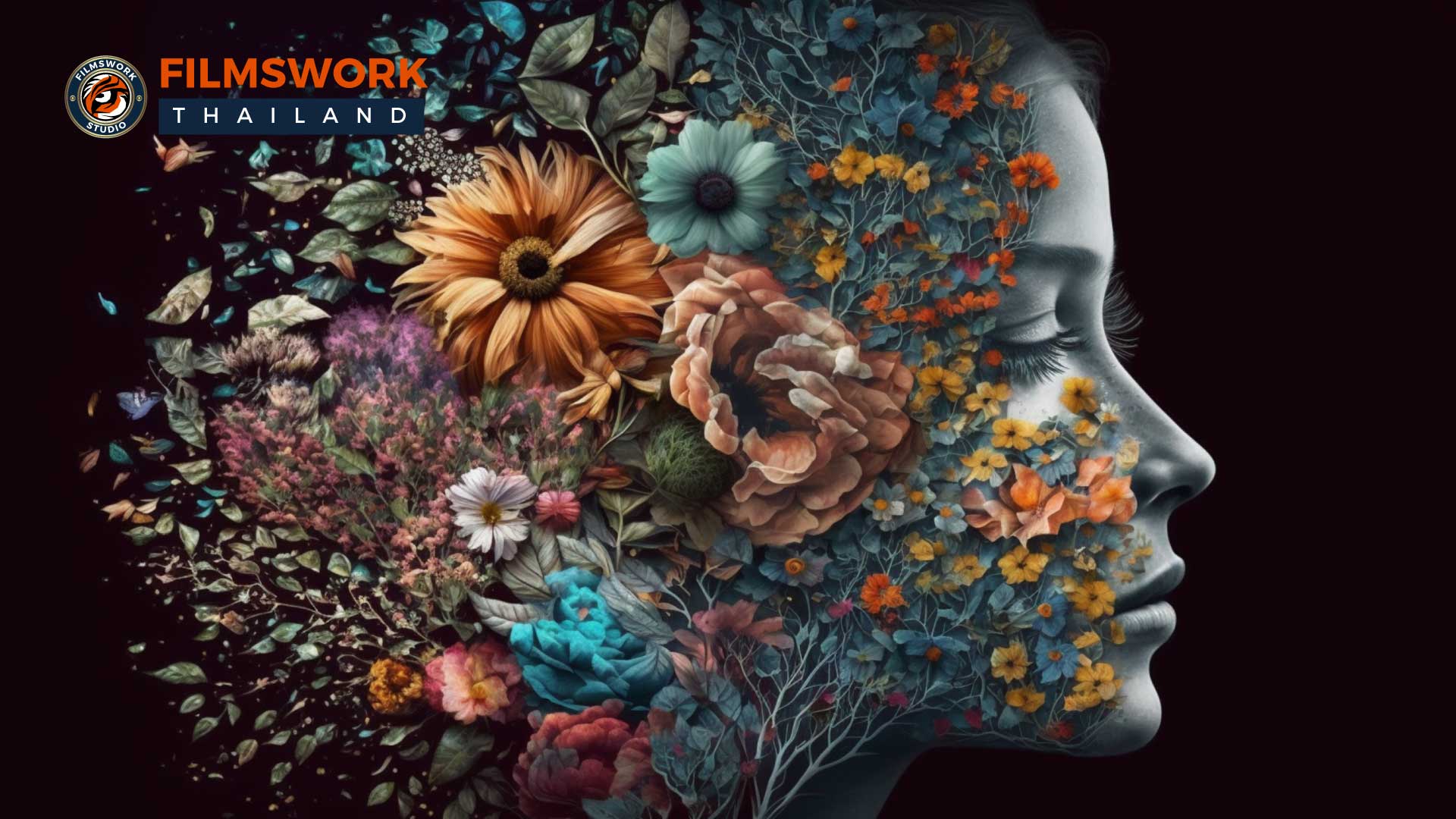Artificial Intelligence Technology Used in Art and Design
In recent years, artificial intelligence (AI) has made significant advancements across various industries, revolutionizing the way we work, communicate, and even create art. AI technology has found its place in the realm of art and design, opening up new possibilities and pushing the boundaries of creative expression. From generating original artworks to enhancing design processes, AI is transforming the way we perceive and interact with art.
One of the most fascinating applications of AI in art and design is the creation of original artworks. AI algorithms can analyze vast amounts of data, learn patterns, and generate new artistic creations based on that knowledge. Artists and designers can harness this technology to explore new artistic styles, experiment with different compositions, and produce unique pieces that challenge traditional notions of creativity. AI-generated artworks have gained recognition in the art world, with some even selling for significant amounts at auctions.
Additionally, AI technology enables artists and designers to collaborate with intelligent machines, merging human creativity with the computational capabilities of AI algorithms. This collaboration can result in artwork that transcends individual limitations, producing outcomes that neither humans nor machines could achieve alone. Artists can leverage AI to generate initial concepts or designs, which they can then refine and develop using their unique artistic sensibilities. This blend of human and AI creativity can lead to unexpected and captivating artistic expressions.
Moreover, AI has proven to be a valuable tool for enhancing the design process. Designers can use AI algorithms to generate design variations, explore different color palettes, and experiment with layouts and compositions. This technology can significantly speed up the design iteration process, allowing designers to test multiple ideas and concepts in a fraction of the time it would traditionally take. AI algorithms can also analyze user preferences and behavior to personalize designs, creating tailored experiences that cater to individual needs and tastes.

“AI art: because even machines can appreciate the beauty of the world around us.”
AI-powered design tools can automate repetitive and mundane tasks, freeing up designers’ time to focus on more complex and creative aspects of their work. For example, AI algorithms can automatically generate image or video thumbnails, perform image recognition to identify objects or elements in a design, or even suggest design improvements based on user feedback. By automating routine tasks, designers can devote more energy to critical thinking, problem-solving, and artistic exploration.
While AI technology offers exciting opportunities for artists and designers, it also raises questions about the role of human creativity and the nature of art itself. Some critics argue that AI-generated art lacks the emotional depth and intentionality associated with human-made art. However, proponents of AI in art emphasize that the technology should be viewed as a tool and a medium through which artists can express their creativity rather than a replacement for human ingenuity.
As AI technology continues to advance, we can expect further integration of AI in art and design. The possibilities for AI-generated art are vast, with potential applications in fields such as advertising, virtual reality, and immersive experiences. Moreover, AI algorithms can learn from and analyze vast art collections, helping historians, curators, and critics gain new insights into artistic movements and trends.
Conclusion
The utilization of artificial intelligence technology in art and design has opened up new horizons for creative expression. AI-generated artworks challenge traditional notions of creativity, while AI-powered design tools streamline and enhance the design process. As we continue to explore the intersection of AI and art, it is crucial to strike a balance between human creativity and AI capabilities, ensuring that technology serves as a tool for artists and designers to amplify their artistic vision and create meaningful and impactful experiences.





















